“When the world’s smartest researchers train computers to become smarter, they like to use games. Go, the two-player board game born in China more than two millennia ago, remains the nut that machines still can’t crack.”


“When the world’s smartest researchers train computers to become smarter, they like to use games. Go, the two-player board game born in China more than two millennia ago, remains the nut that machines still can’t crack.”
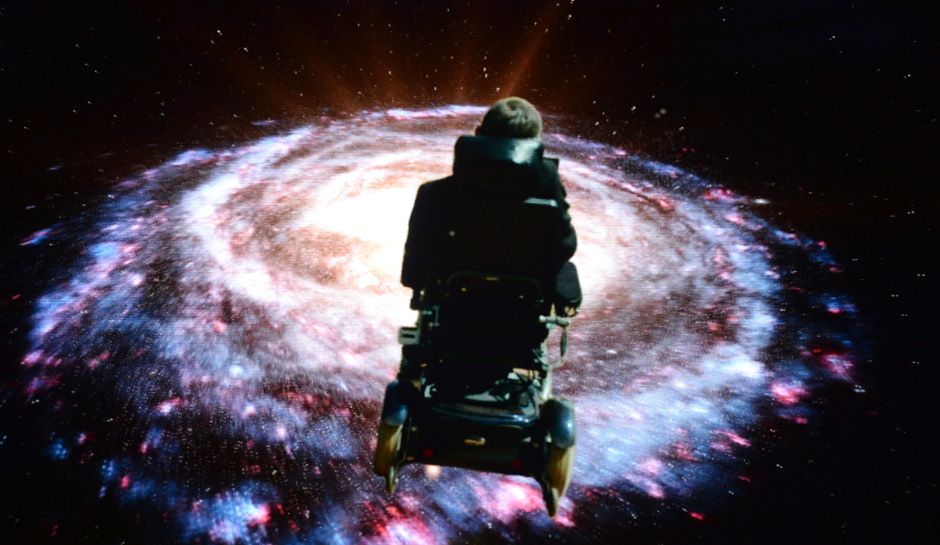
Interesting…
To suggest that quantum mechanics and gravity are on the verge of being reconciled would be, to the physics world at least, as significant as the discover of splitting the atom. While splitting the atom might have led to the nuclear bomb, it also led to the technology of nuclear power, i.e. nuclear fission, which, if harnessed properly, creates a renewable and sustainable energy resource. The problem has always been that quantum mechanics — the rules that govern sub-atomic particles — and gravity, the rule that governs mass as we know it (the stuff we can touch and feel), do not agree with each other. The question has always been, what is it that “unifies” these two theories? Is quantum mechanics God playing dice, as Einstein suggested?
“God doesn’t play dice with the universe.”
Stephen Hawking and his colleagues have come to a possible answer. Think of your television. You watch shows and movies and you are not thinking how unrealistic the movie is because it is on your two dimensional screen. The two dimensions represent information which is perceived by your brain as an accurate portrayal of the three dimensional universe. In short, the three dimensional universe is captured in two dimensions; reality becomes a hologram. Out reality could be nothing more than a television show if we extend Hawking’s Theory to the entire universe.
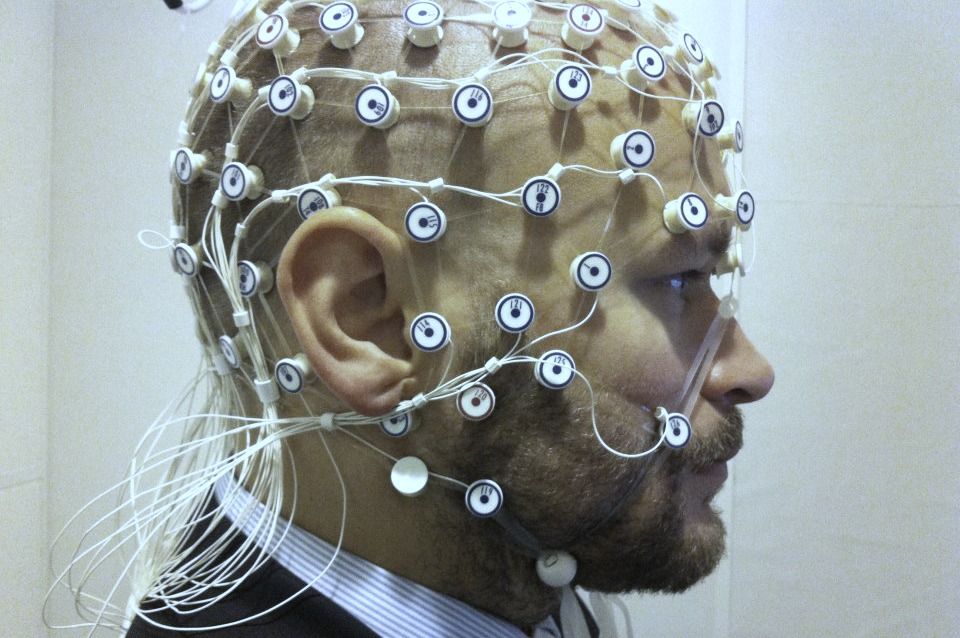
New article for Vice Motherboard on the future of drugs and implants:
Brain stimulation is the future of drugs.
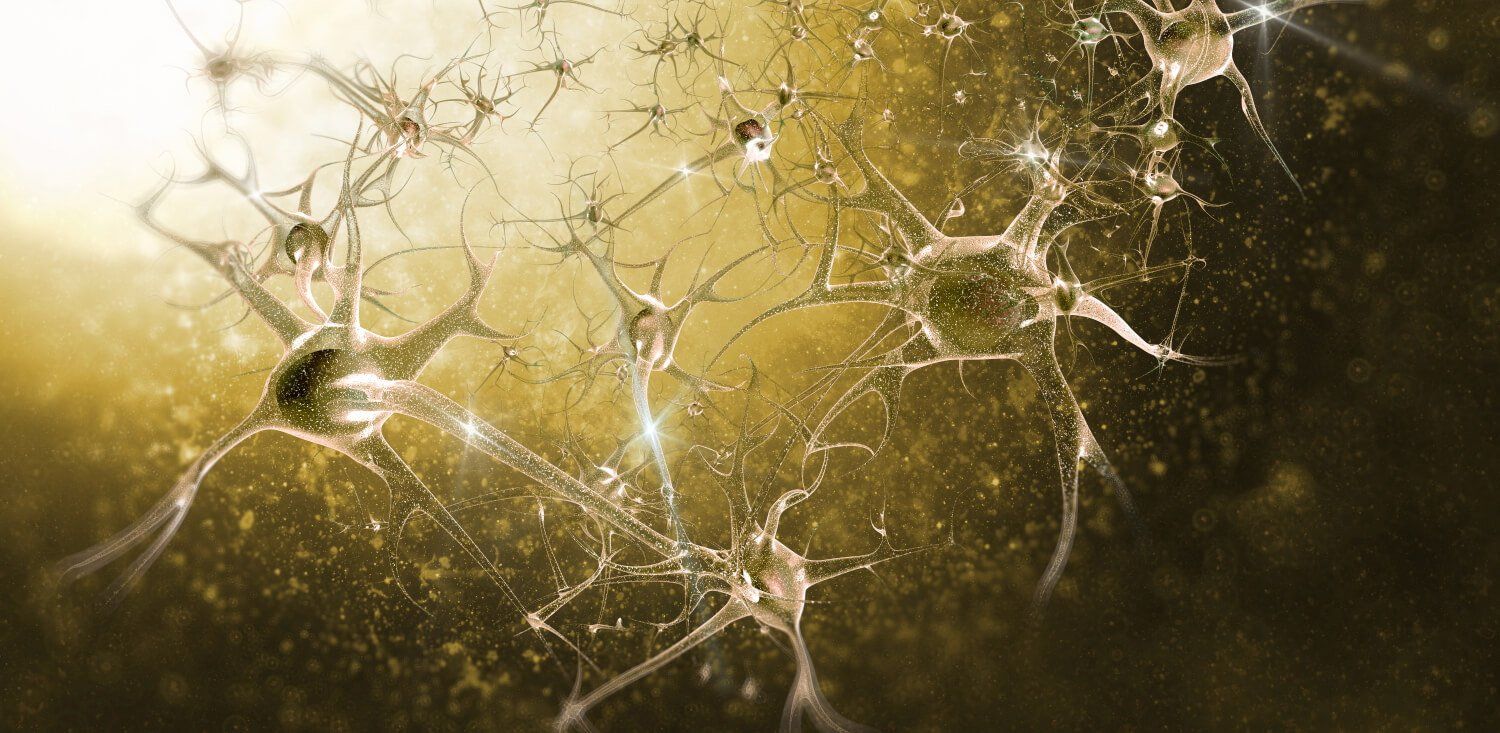
A few weeks ago, I wrote about Ray Kurzweil’s wild prediction that in the 2030s, nanobots will connect our brains to the cloud, merging biology with the digital world.
Let’s talk about what’s happening today.
Over the past few decades, billions of dollars have been poured into three areas of research: neuroprosthetics, brain-computer interfaces and optogenetics.
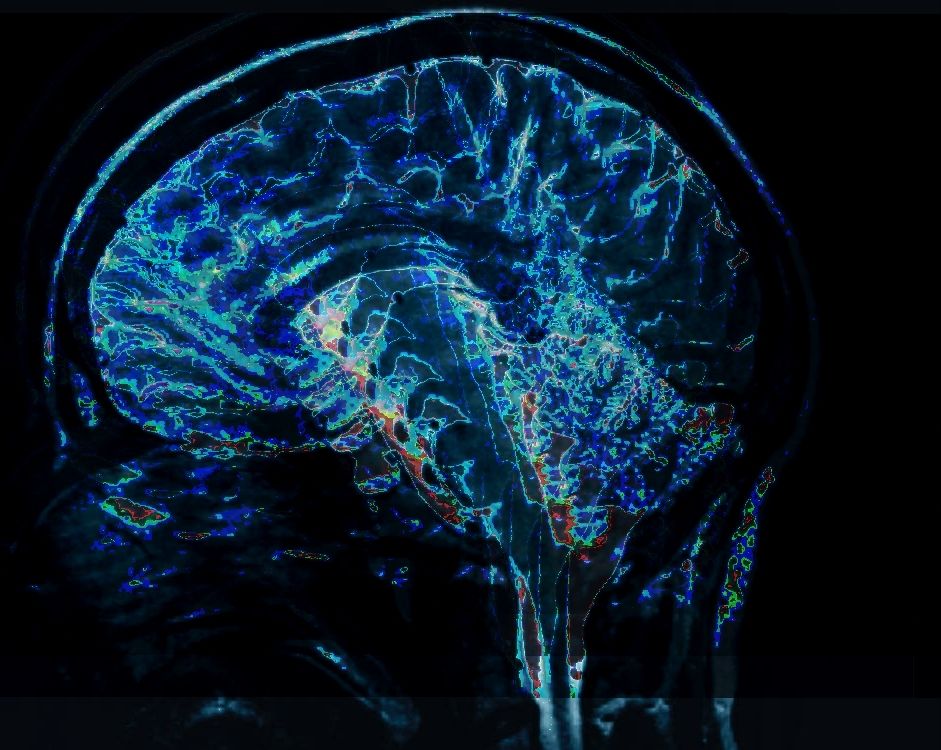
Researchers at the Salk Institute working on an experimental Alzheimer’s drug have discovered it may have a host of anti-aging effects too.
Building on previous work
Research had already been conducted on the drug candidate, J147, with the aim of targeting Alzheimer’s. The results showed the drug could help prevent and even regenerate; reversing memory loss and a form of inherited Alzheimer’s disease in mice subjects. While this form comprises only 1% of Alzheimer’s cases, the biggest risk factor for the remainder is old age. If you could target brain aging itself, risk factors would be significantly reduced.
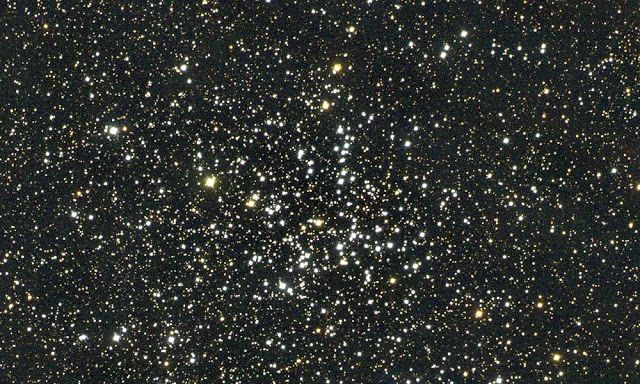
It may hurt your brain to think about it, but it appears that the answer is possibly to be yes, or at least the numbers are almost in the same ballpark.
Astrophysicists in fact set out to answer this question about a decade ago. It’s a complicated problem to solve, but it’s somewhat easier if you throw in a couple of qualifiers — that we are talking about stars in the observable universe; and grains of sand on the whole planet, not just the seashores.
The researchers started by calculating the luminosity density of a section of the cosmos — this is a calculation of how much light is in that space. They then utilized this calculation to guess the number of stars needed to make that amount of light. This was quite a mathematical challenge!
“You have to suppose that you can have one type of star signify all types of stars,” says astrophysicist Simon Driver, Professor at the International Centre for Radio Astronomy Research in Western Australia and one of the researchers who worked on the question.
“Then let’s suppose, on average, this is a normal mass star that gives out the normal amount of light, so if I know that a part of the universe is producing this amount of light, I can now say how many stars that would associate to.”
Now armed with a guess of the number of stars within a section of the cosmos, the next challenge was to work out the size of the cosmos. Given we know that the cosmos is 13.8 billion years old, we can suppose that we exist in a sphere 13.8 billion light years in volume. But there’s a catch: the universe is possibly immeasurable in size.
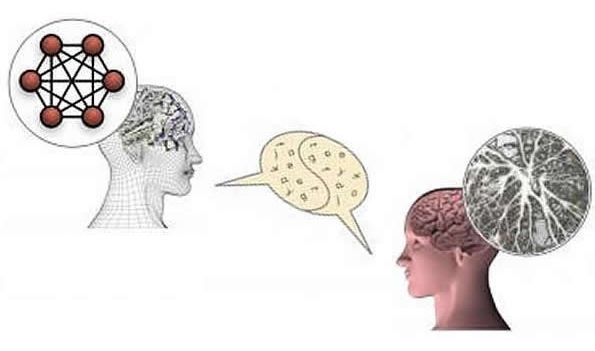
A computer simulation of a cognitive model entirely made up of artificial neurons learns to communicate through dialog starting from a state of tabula rasa —
A group of researchers from the University of Sassari (Italy) and the University of Plymouth (UK) has developed a cognitive model, made up of two million interconnected artificial neurons, able to learn to communicate using human language starting from a state of ‘tabula rasa’, only through communication with a human interlocutor. The model is called ANNABELL (Artificial Neural Network with Adaptive Behavior Exploited for Language Learning) and it is described in an article published in PLOS ONE. This research sheds light on the neural processes that underlie the development of language.
How does our brain develop the ability to perform complex cognitive functions, such as those needed for language and reasoning? This is a question that certainly we are all asking ourselves, to which the researchers are not yet able to give a complete answer. We know that in the human brain there are about one hundred billion neurons that communicate by means of electrical signals. We learned a lot about the mechanisms of production and transmission of electrical signals among neurons. There are also experimental techniques, such as functional magnetic resonance imaging, which allow us to understand which parts of the brain are most active when we are involved in different cognitive activities. But a detailed knowledge of how a single neuron works and what are the functions of the various parts of the brain is not enough to give an answer to the initial question.

Memories are priceless, and the plight of dementia patients highlights how important they are to forming what makes us, well us. Now a new study has provided hope we may one day be able to restore lost memories.
Clearing the mist
A paper from researchers at MIT has demonstrated the reactivation of memories in amnesia patients with optogenetics — in which cell activity is controlled by bursts of light.
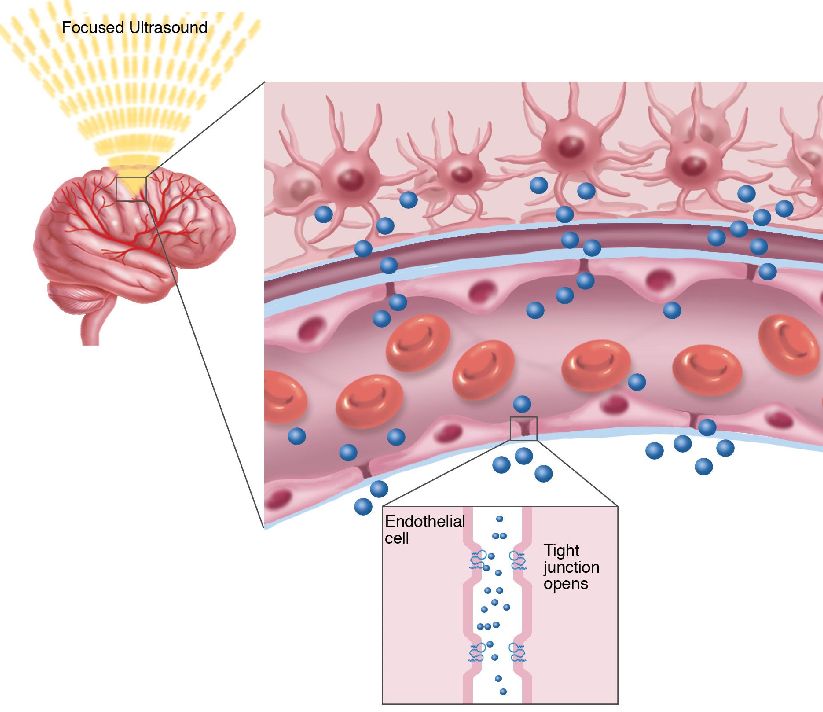
Opening up the blood-brain barrier to deliver drugs (credit: Focused Ultrasound Foundation)
The blood-brain barrier has been non-invasively opened in a human patient for the first time. A team at Sunnybrook Health Sciences Centre in Toronto used focused ultrasound to temporarily open the blood-brain barrier (BBB), allowing for effective delivery of chemotherapy into a patient’s malignant brain tumor.
The team infused the chemotherapy agent doxorubicin, along with tiny gas-filled bubbles, into the bloodstream of a patient with a brain tumor. They then applied focused ultrasound to areas in the tumor and surrounding brain, causing the bubbles to vibrate, loosening the tight junctions of the cells comprising the BBB, and allowing high concentrations of the chemotherapy to enter targeted tissues.
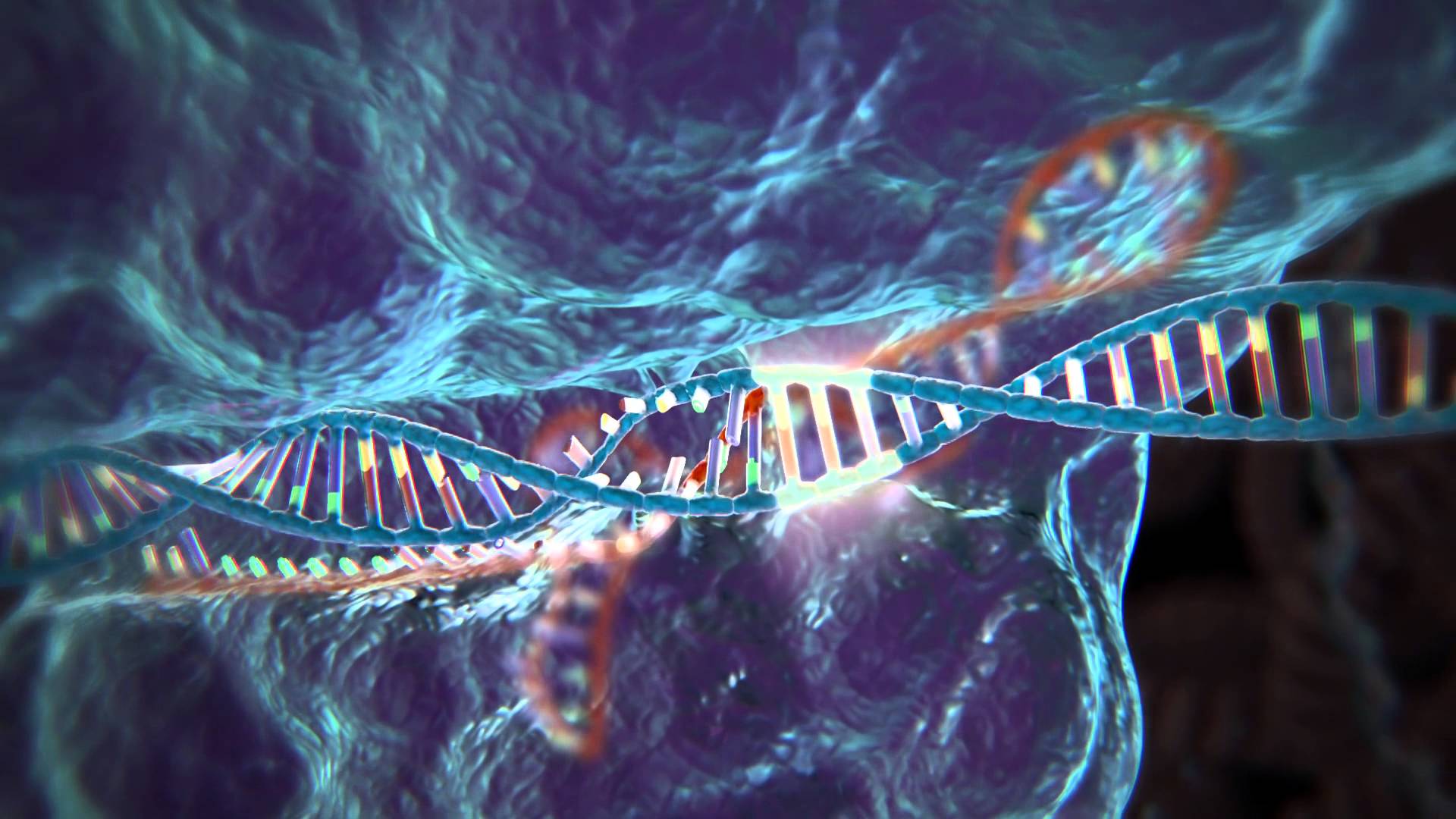
This animation depicts the CRISPR-Cas9 method for genome editing – a powerful new technology with many applications in biomedical research, including the potential to treat human genetic disease. Feng Zhang, a leader in the development of this technology, is a faculty member at MIT, an investigator at the McGovern Institute for Brain Research, and a core member of the Broad Institute. Further information can be found on Prof. Zhang’s website at http://zlab.mit.edu.
Images and footage courtesy of Sputnik Animation, the Broad Institute of MIT and Harvard, Justin Knight and pond5.